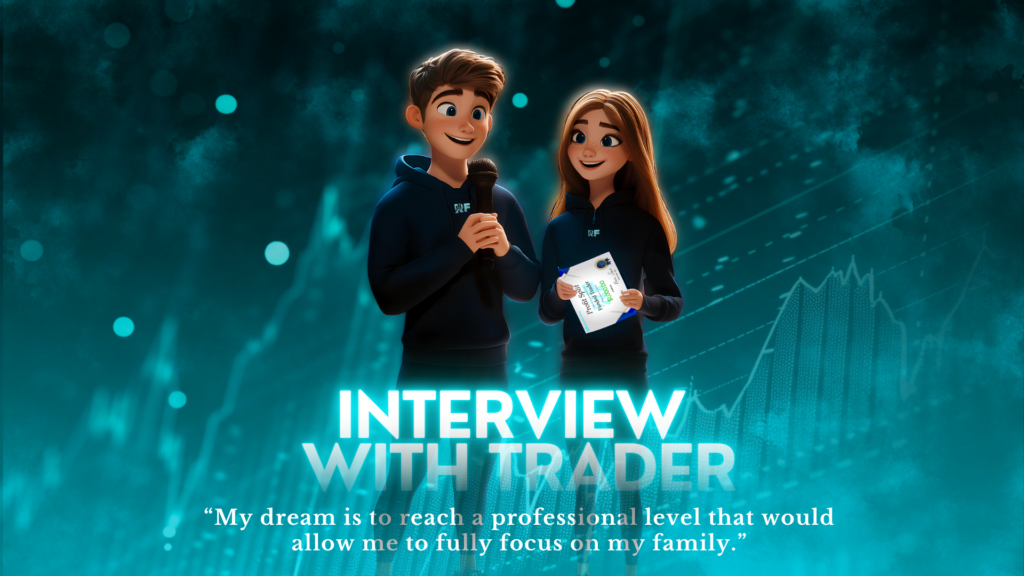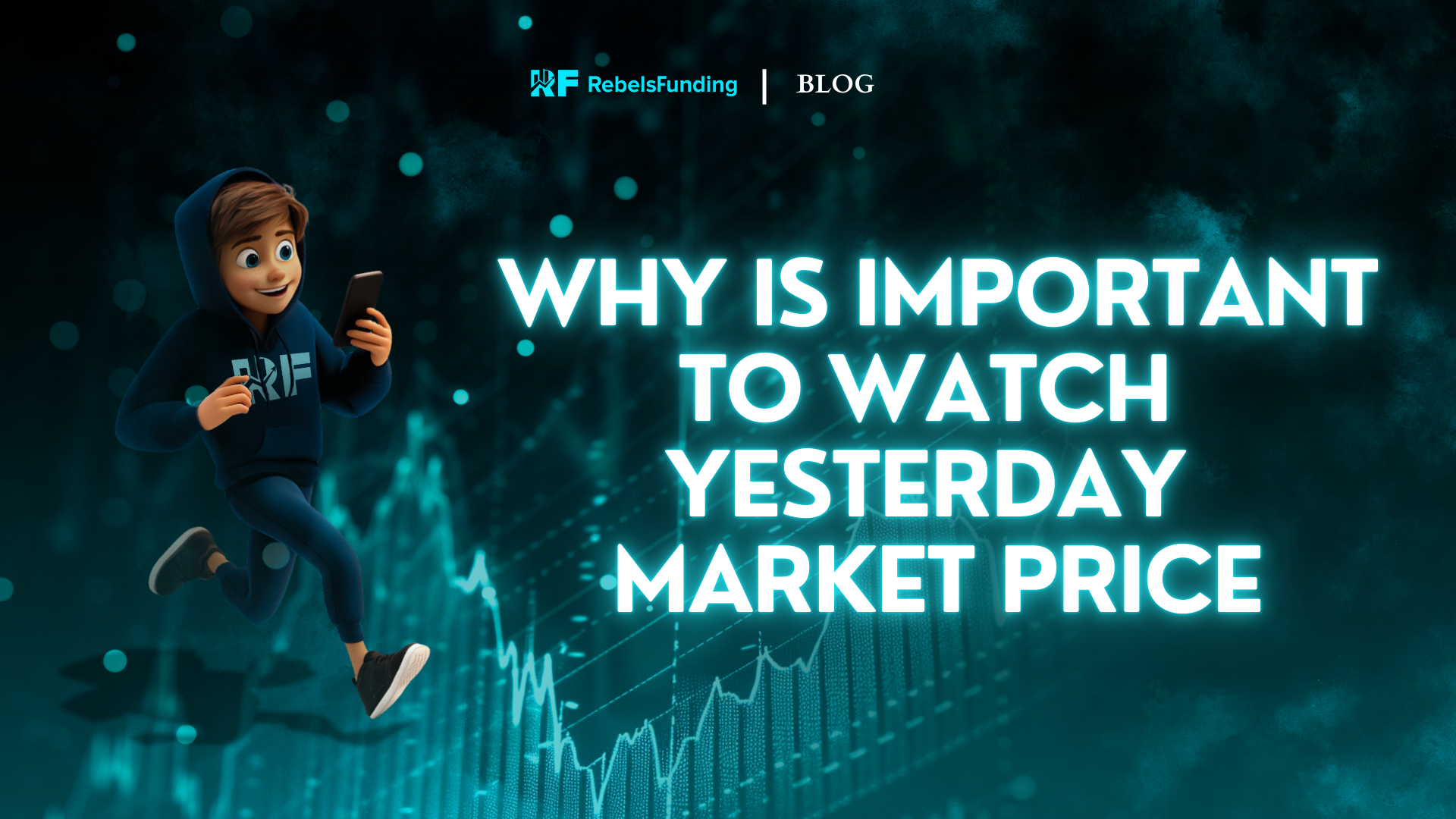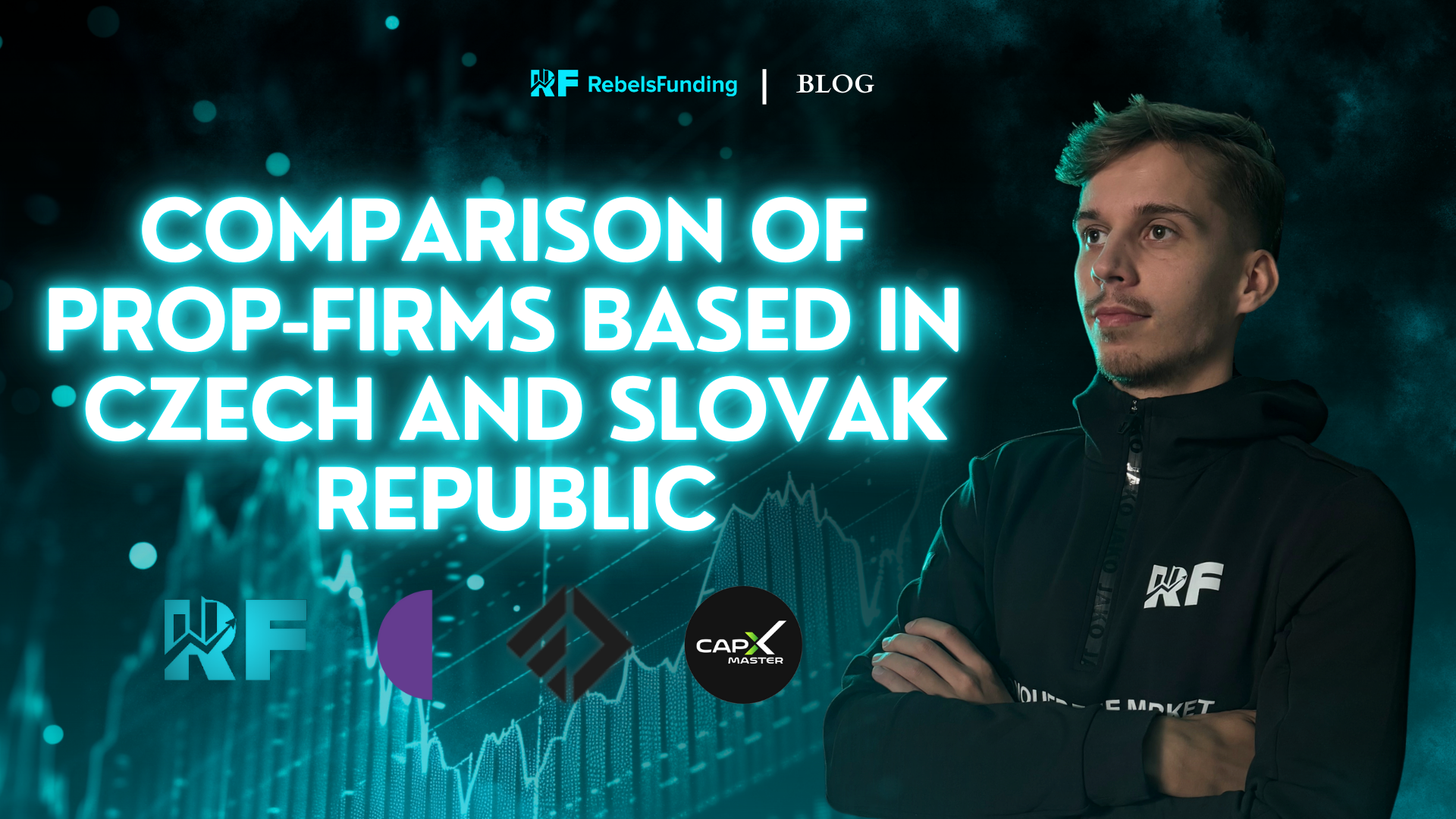Interview with Successful Trader: Lucia Shares how Embracing Losses Led to her Growth

In this interview, our funded trader (Lucia) takes us on her journey from amateur to success, pointing out the key adjustments she made.
Let’s hear from her:
Lucia, please tell us a little about yourself
I am a 36-year-old manager in finance, where I’ve been working for almost 13 years.
I have two amazing children—a ten-year-old son and a one-and-a-half-year-old daughter, who are a great motivation for me.
I’ve been trading for about two years, and my goal is to reach a professional level that would allow me to fully focus on my family.
What trading strategies or approaches do you find most effective on your trading journey?
I find the precise setting of forex risk management rules, especially stop-losses, to be the most effective strategy. These two factors help me protect my capital.
The beginning wasn’t easy — I spent the first year and a half learning how to manage losing positions and cope with losses.
Today, I understand that the ability to accept and rationally process trading losses is key to long-term success.
How do you manage risk in your trades, and what advice would you give to prop traders looking to improve their risk management skills?
I manage risk by carefully selecting lot sizes and setting a loss limit I am willing to accept.
The RF-Trader platform helps with this by allowing me to calculate potential losses down to the cent, automatically and quickly.
I recommend that beginner traders set realistic risk limits and stick to them—no more than 1%.
How do you handle emotions during challenging market conditions?
Managing emotions in trading is challenging, especially when the market suddenly changes direction, and potentially profitable positions turn into losses.
I handle my emotions better by reminding myself of how much I’m willing to lose or gain on a particular trade. I now approach trades with humility and accept the outcomes.
This wasn’t always the case, but over time, I built confidence through experience, which helps me stay balanced during turbulent times.
Can you talk about the importance of discipline in sticking to a trading plan and how it contributes to success?
Discipline is one of the most critical aspects of trading for me.
When I started, I was also tempted by the idea of quick profits, but eventually, I understood that only systematic adherence to a plan leads to stable returns.
Every setback helped me refine my strategy and better understand my mistakes.
Today, I know that every trading step must be backed by careful planning and self-control.
What markets or currency pairs do you focus on, and why?
Currently, I focus mainly on gold. This is due to its high volatility, which can provide interesting trading opportunities.
Of course, volatility also brings risk, but with a suitable strategy and careful risk management, I find it effective to work within this market.
How do you adapt your trading strategy to different market conditions such as high volatility?
During high volatility, I usually take a cautious approach. I tend to avoid trading when the markets are reacting to major news or events.
I prefer to wait until the market stabilises so I can maintain better control over the trade and work in a calmer environment.
Can you share your most significant trading success and your biggest failure on your trading journey, highlighting the lessons you learned?
One of my biggest successes was a gold trade in December of last year, where I gained 300 pips.
On the other hand, my biggest failure was a trade where I lost 100 pips with a position that was too large.
This failure taught me the importance of keeping position sizes appropriate and not letting greed take over.
How do you cope with losses and what steps do you take to recover effectively from drawdowns?
I always have a clear limit on how much I’m willing to lose, which helps me cope with each loss more easily.
Although each loss stings, I understand it’s part of trading. I try to accept it and continue trading with a clear mind.
This means avoiding revenge trading, which has often led me to even bigger losses. Now, I prefer to wait for a new day or new market conditions.
What technical indicators do you rely on and how do you use them when making trading decisions?
I frequently use indicators like VWAP, Bollinger Bands, and essential support and resistance levels.
These tools help me better understand the market and identify optimal entry and exit points, which is critical for my trading strategy.
How do you determine the optimal time frame for your trades, and what factors influence your choice?
For market analysis, I mainly use 4-hour and 1-hour charts, which give me a clear overview of market trends.
For entries and exits, I switch to a shorter 5-minute chart to time my trades more accurately.
On a scale of 1 to 10, how would you rate your experience with our prop firm (RebelsFunding) and why?
I would give you an overall score of 9—mainly for the speed of payouts and the user-friendly trading platform.
The platform is well-designed, though the occasional logouts and somewhat lengthy login process can be a bit inconvenient.
Overall, however, your company represents a stable and reliable partner for traders, which I greatly appreciate.




